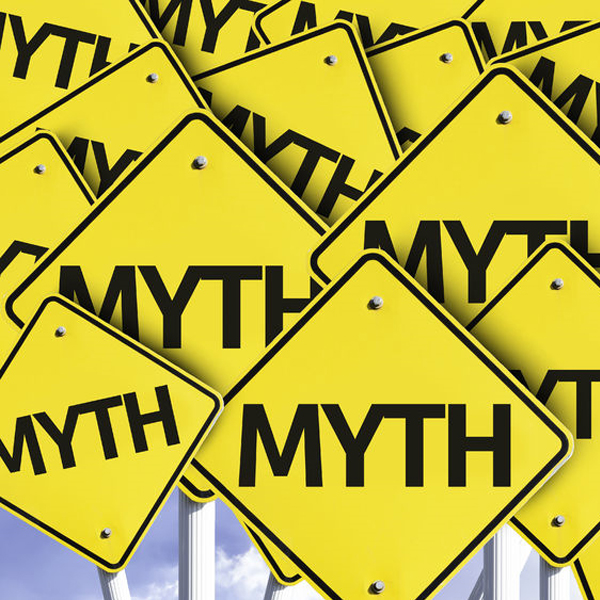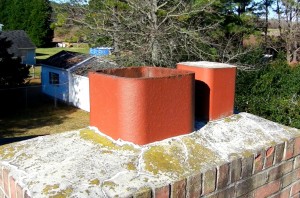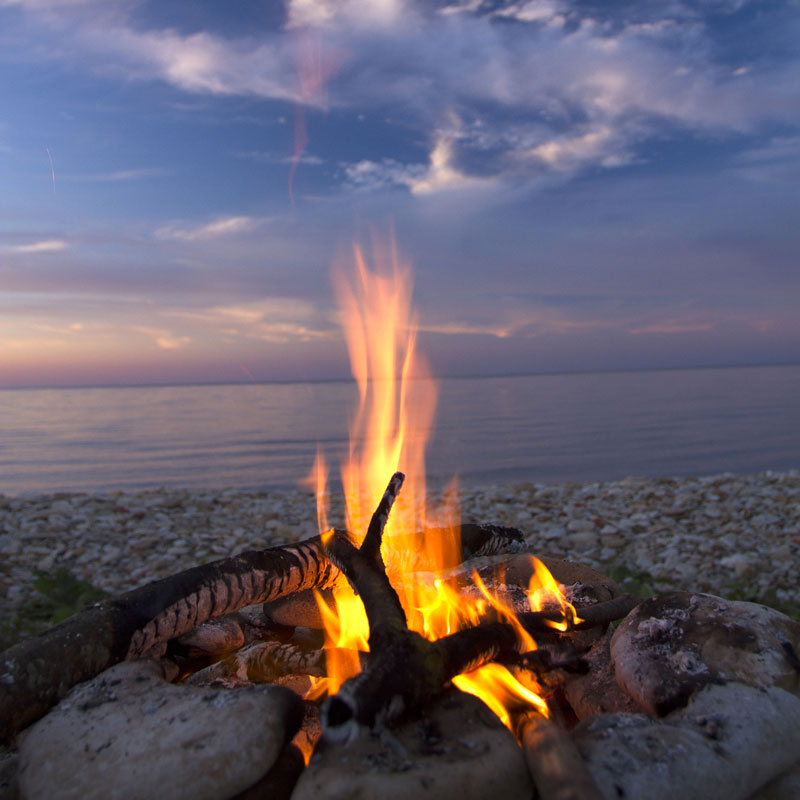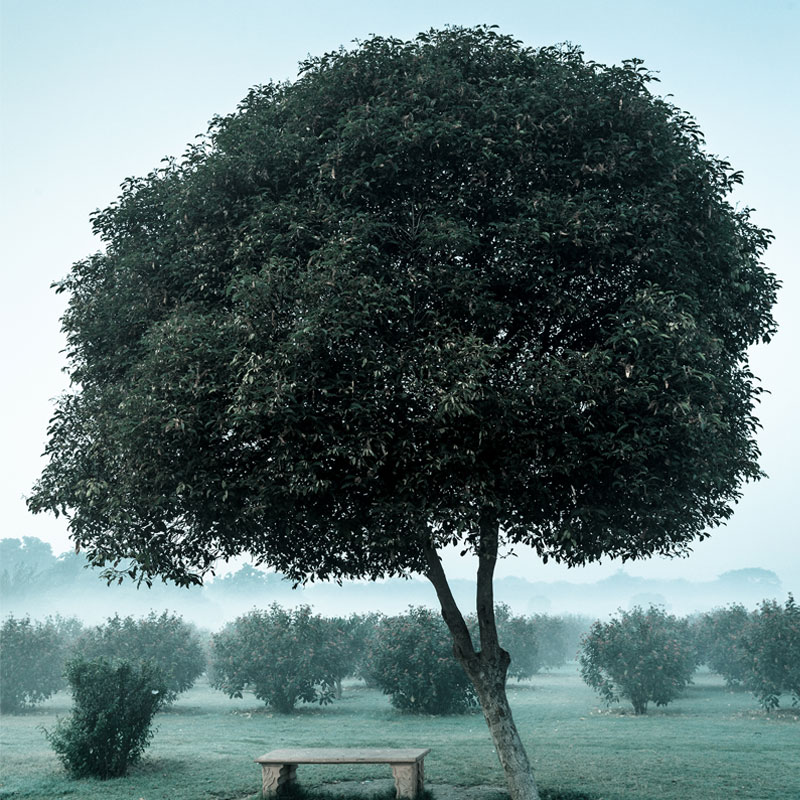by Tom
Share
by Tom
Share

Fireplace Myth #1. Rarely used chimneys don’t need to be cleaned or inspected.
If you don’t use your fireplace  often, it doesn’t get dirty, right? While creosote buildup may not be a regular issue with infrequent use, annual chimney inspections are still vital to detect other problems. For example, chimney sweeps will check for and remove bird nests and check for dangerous cracks in the in chimney and flue. Infrequently used fireplaces and chimneys should be inspected once a year, and fireplaces used more than three times a week should be cleaned and inspected annually.
often, it doesn’t get dirty, right? While creosote buildup may not be a regular issue with infrequent use, annual chimney inspections are still vital to detect other problems. For example, chimney sweeps will check for and remove bird nests and check for dangerous cracks in the in chimney and flue. Infrequently used fireplaces and chimneys should be inspected once a year, and fireplaces used more than three times a week should be cleaned and inspected annually.
What’s the fuss about? Read about the dangers of chimney fires.
Fireplace Myth #2. Fireplaces are poor sources of heat.
An old line about fireplaces is that they’ll cook you on one side and freeze you on the other. The myth is that fireplaces may feel warm when you’re right next to them, but they don’t actually radiate any heat into your house. In fact, the heat you feel directly from the fireplace is only part of the equation. As the fire burns, it heats the brick in your chimney, which then will radiate warmth long after the fire has died down.
Click here for tips on getting more heat out of your fireplace.
Fireplace Myth #3. Burning softwoods like pine will cause heavy creosote buildup in your chimney.
Pine and other softwoods contain large amounts of sap, or resin. Long-standing wisdom has been that this resin, when burned, will cause large amounts of creosote to accumulate in your chimney. However, the University of Georgia is reporting this old wisdom to be false. They claim research has shown that creosote forms from burning low-temperature fires, not resin-rich woods. As long as the softwood is sufficiently seasoned, creosote should not be a concern. Keep in mind, however, that while pine burns very hot, it burns quickly and emits a lot of smoke.
Read about the best types of wood to burn in your fireplace.
The United States celebrates National Bioenergy Day each October. It recognizes and encourages the use of renewable and sustainable bioenergy sources. In 2021, National Bioenergy Day is October 20. When any organic material with few or no productive applications is used to generate energy, we call it “bioenergy.” The biomass can be any organic low […]
Traditionally, knowledge based on teachings and experiences about selecting and burning firewood was passed along verbally. Often such information was put into a rhyming format to make it easier to remember. Thus were born firewood poems and firewood songs to address the question, “Which Firewood Burns Best?” As with most things passed from generation to generation, […]
Mosquitos are the bane of everyone who wants to relax by a fire pit or fire bowl or campfire. A careful selection of specific eco-friendly firestarters, logs and other fire fuels can safely repel those flying pests. Here is a list of what to burn for mosquito free fire pit or other outdoor fires. What […]
We celebrate Arbor Day in the United States on the last Friday of April. The holiday celebrates the joys of trees. Trees provide both people and animals with services as well as goods. Planting trees on Arbor day is a traditional way to honor forest, ornamental and fruit trees. To those with wood-burning fireplaces or […]



